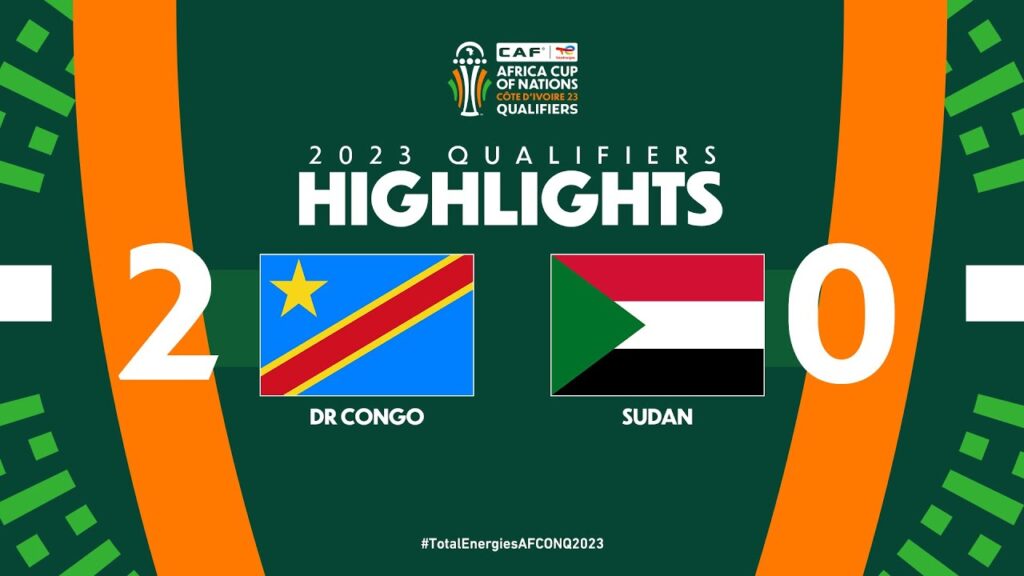
Introduction
The conflicts and political tensions in Central Africa remain a pressing issue for global stability and humanitarian efforts. As the Democratic Republic of the Congo (DR Congo) and Sudan navigate their unique but often intertwined histories, understanding their dynamics is crucial for policymakers and humanitarian organizations. Both countries have faced struggles related to governance, internal strife, and humanitarian crises, making the comparison of their situations relevant in contemporary discussions.
Background and Historical Context
The Democratic Republic of the Congo, rich in natural resources, has been plagued by decades of conflict, especially since the late 1990s. The last major conflict, known as the Second Congo War, involved several neighboring countries and left millions dead, while the ongoing instability has led to a humanitarian crisis affecting millions.
Meanwhile, Sudan has been facing its challenges as well. The Sudanese civil war, which lasted from 1983 to 2005, finally ended with the Comprehensive Peace Agreement, yet the secession of South Sudan in 2011 reignited tensions and conflict in regions like Darfur. The military coup in October 2021 further complicated the political landscape, with ongoing protests and instability.
Recent Developments
As of late 2023, both countries are seeing significant developments that impact their respective situations immensely. In DR Congo, violence from armed groups in the eastern provinces remains frequent. The UN reports indicate approximately 5.5 million people are internally displaced due to ongoing conflicts and violent clashes.
On the other hand, Sudan is witnessing a power struggle following the coup, with the military and civilian factions at odds. Protests continue to erupt, calling for civilian rule, yet the situation remains precarious, with the Sudanese people facing economic hardships and repression from military forces.
International Response
The international community has shown increasing concern over the deteriorating situation in both nations. Humanitarian organizations like the UN and NGOs have called for urgent assistance to address the crises. While international mediations are underway pertaining to Sudan, DR Congo is also pushing for more robust international support to stabilize the eastern regions and address humanitarian needs.
Conclusion
The comparison between DR Congo and Sudan reveals two nations struggling with their unique complexities but linked by shared challenges of governance and societal instability. The importance of understanding these dynamics is paramount, not only for the citizens of these countries but also for surrounding nations and international stakeholders. Continued advocacy and intervention are essential to help both nations find pathways toward stability and peace.

